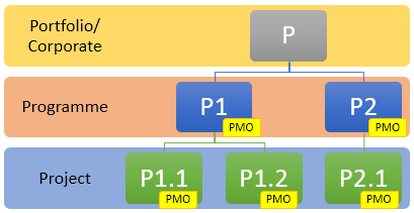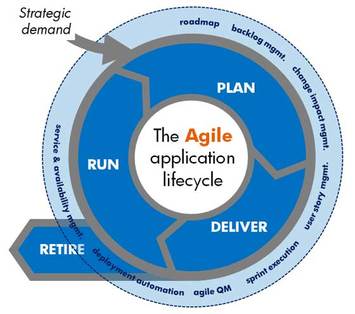
Below is the list that you can start with :-
i. All acceptance criteria for a user story has been met (all items in a feature has been coded).
ii. Code is commented, meets the agreed coding standard and checked into the source-control.
iii. Code has been reviewed or coded using pair-programming.
iv. Code is compiled or built without errors.
v. Unit test case written and code has passed the entire unit testing by another developer.
vi. Integration & Regression test case written and code has been deployed & integrated into test environment testing by another developer and passed testing (or automated testing).
vii. User Acceptance Testing test cases written and code has passed UAT.
viii.Performance and load testing completed and passed acceptance criteria.
ix. Deployment steps including configuration changes documented.
x. All other related & required documentation completed.
This list can be continuously adjusted and improve to suit your own organization.





 RSS Feed
RSS Feed


